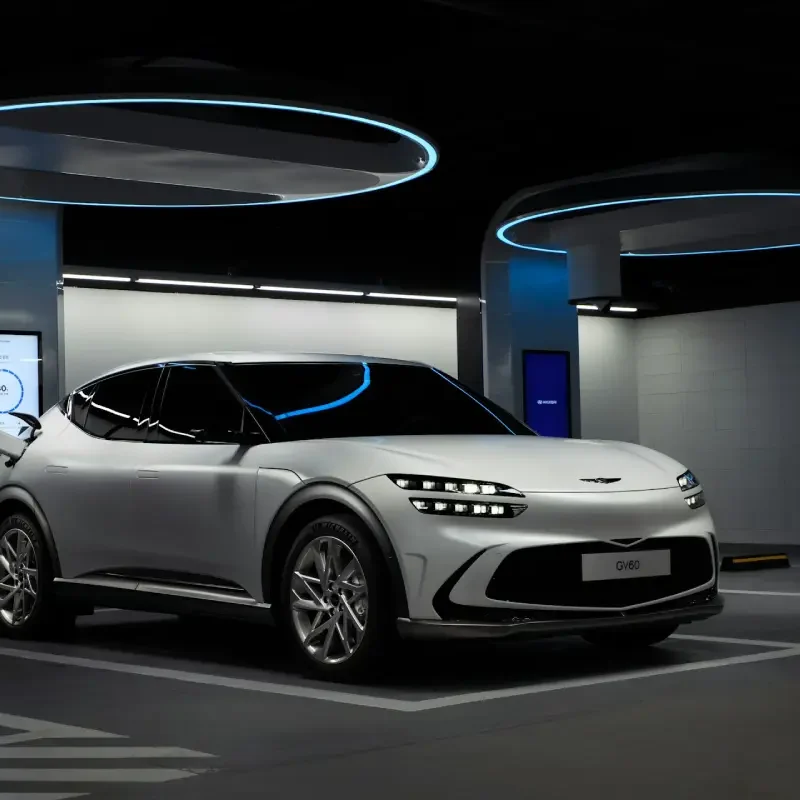The shift to electric vehicles (EVs) is gaining momentum, fundamentally changing how we think about transportation. Car owners now have a unique opportunity to embrace emerging technology that not only offers cutting-edge innovation but also aligns with sustainability goals. To stay ahead of the curve, it’s crucial to learn about the technology, incentives, and opportunities surrounding EVs today. Learn more about how the electric transition can work for you and why preparing now is smart.
This guide will walk you through essential steps and considerations for transitioning to electric vehicles, highlighting practical advice and the latest developments. Understanding these aspects positions you to maximize benefits while supporting a cleaner, greener future.
Understanding Electric Vehicle Technology
Electric vehicles represent a fundamental departure from traditional internal combustion engine (ICE) vehicles. Instead of gasoline engines, EVs utilize electric motors powered by sophisticated battery packs. This shift results in fewer moving parts, decreased risk of mechanical issues, and lower maintenance requirements. For example, there’s no need for oil changes, and regenerative braking extends brake life, offering long-term savings for car owners.
EV batteries are at the heart of this evolution, with technology improving rapidly. Innovations in battery chemistry are leading to greater driving ranges, faster charging, and better safety than ever before.
Assessing Your Driving Habits
Transitioning to an electric vehicle starts with understanding your specific needs. Most modern EVs offer a range well-suited to daily commutes. However, if you often embark on lengthy road trips or live in a rural area, consider the accessibility of charging infrastructure along your routes. Many EV models can now travel 200-400 miles on a single charge—ample for regular commutes—but evaluating your routines is critical to avoid range anxiety.
Utilizing trip planning tools and consulting charging network maps helps determine if an EV will fit seamlessly into your lifestyle. By analyzing your driving and refueling habits, you can confidently choose an EV that supports both local and long-distance travel needs.
Exploring Charging Solutions
Charging options are at the core of convenient EV ownership. Home charging is typically the most practical setup, and installing a Level 2 charger allows you to recharge quickly and efficiently overnight. This setup ensures your vehicle is ready each morning without relying on public facilities for daily refueling needs. Public charging infrastructure is also expanding rapidly, with a growing number of fast-charging stations available along major highways and in urban centers.
Researching charging stations in your area and on regular travel routes prepares you for worry-free travel. Additionally, Consumer Reports offers an in-depth guide on both home and public charging options, helping you make informed decisions on equipment, installation, and ongoing maintenance.
Staying Informed on Incentives and Policies
One compelling aspect of EV adoption is the array of incentives available to reduce upfront costs. Many governments promote the electric transition with tax credits, rebates, grants, and HOV lane access. In the United States, for example, federal tax credits of up to $7,500 are offered for qualifying vehicles.
Numerous states have additional programs to make the switch more affordable and appealing. Monitoring legislative updates and utility company incentives ensures that you maximize these benefits. Joining EV forums or subscribing to industry newsletters is an excellent way to stay current with new opportunities as policies continue to evolve.
Considering Environmental and Economic Benefits
Choosing an electric vehicle brings immediate and long-term rewards for both drivers and the environment. EVs produce zero tailpipe emissions, significantly improving local air quality and contributing to a reduction in overall greenhouse gas emissions. As the power grid incorporates more renewable energy sources, the environmental benefits of driving electric vehicles increase.
Financially, EVs can offer substantial savings. Electricity is generally less costly than gasoline, and with fewer moving parts, maintenance is minimal compared to internal combustion vehicles. Over time, these savings make EV ownership a cost-effective choice.
Preparing for the Future
As we transition toward an electric future, staying informed and engaged is essential. Participating in local EV communities, test-driving new models, and attending informational events equips you with firsthand knowledge and confidence. The market for electric vehicles continues to grow, with more models, options, and innovations in the pipeline.
Being proactive and adjusting your approach as technology advances ensures you remain prepared for ongoing changes in the automotive landscape. Embracing the shift today means positioning yourself to reap the rewards of sustainability, innovation, and financial efficiency in the years ahead.
Adapting to the electric future isn’t just about technology—it’s about seizing opportunities to lead a more conscious, forward-thinking lifestyle while enjoying the tangible benefits EVs provide. With thoughtful planning and a willingness to explore new solutions, every car owner can navigate this transition responsibly and confidently.







